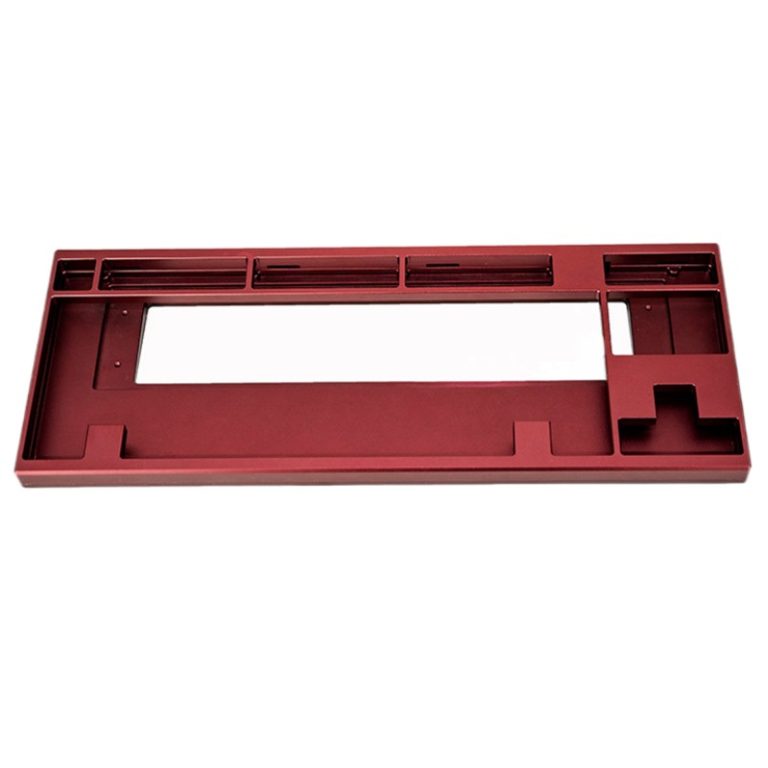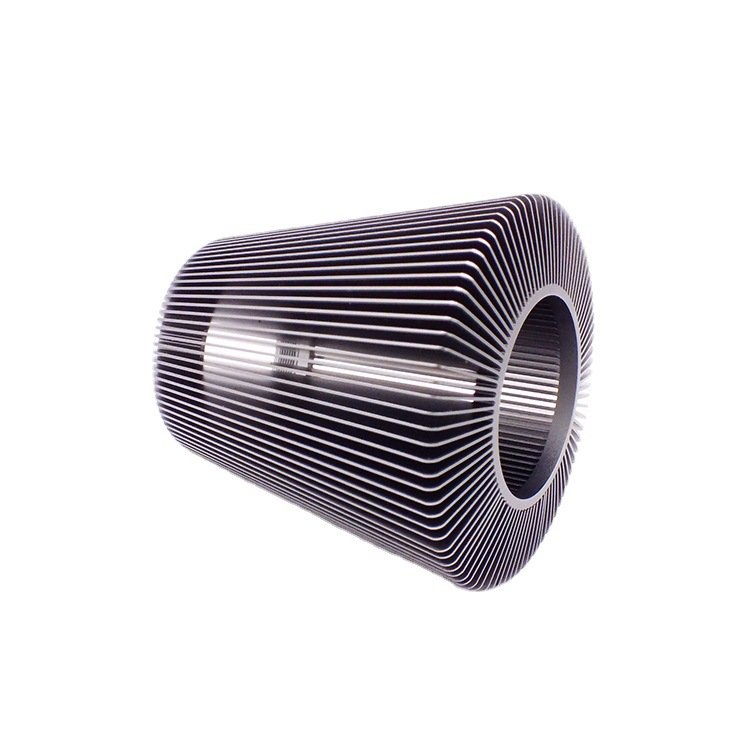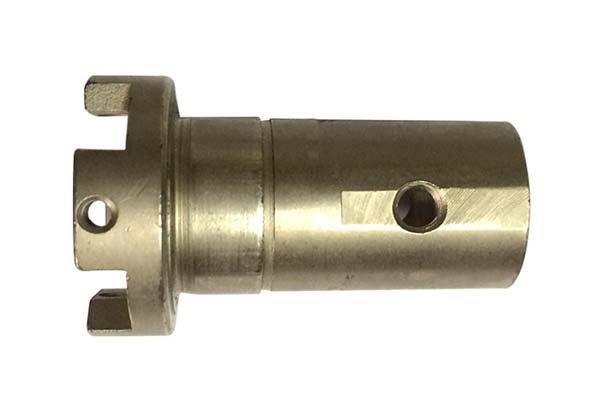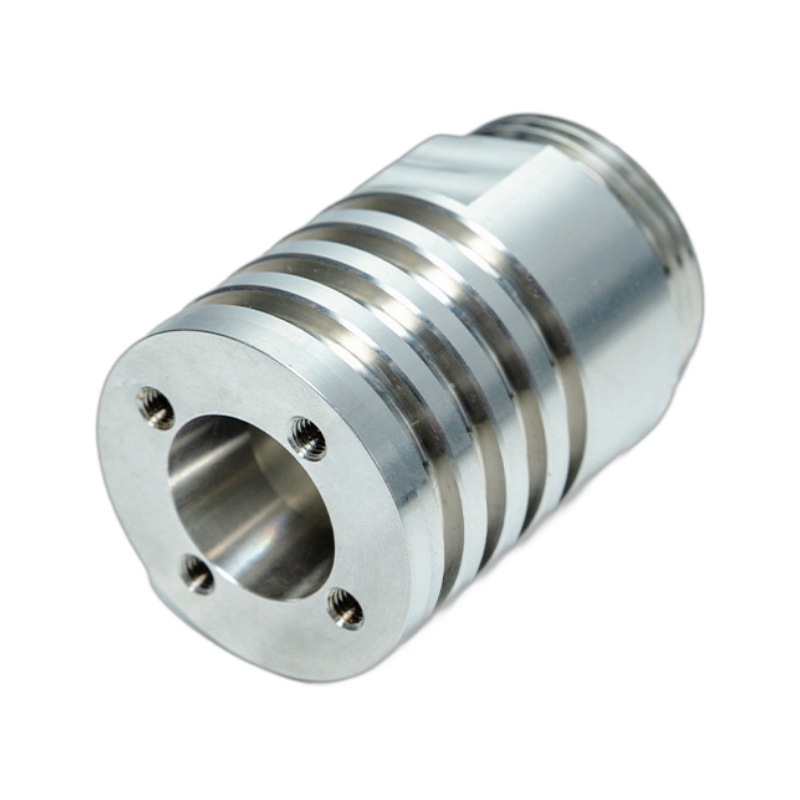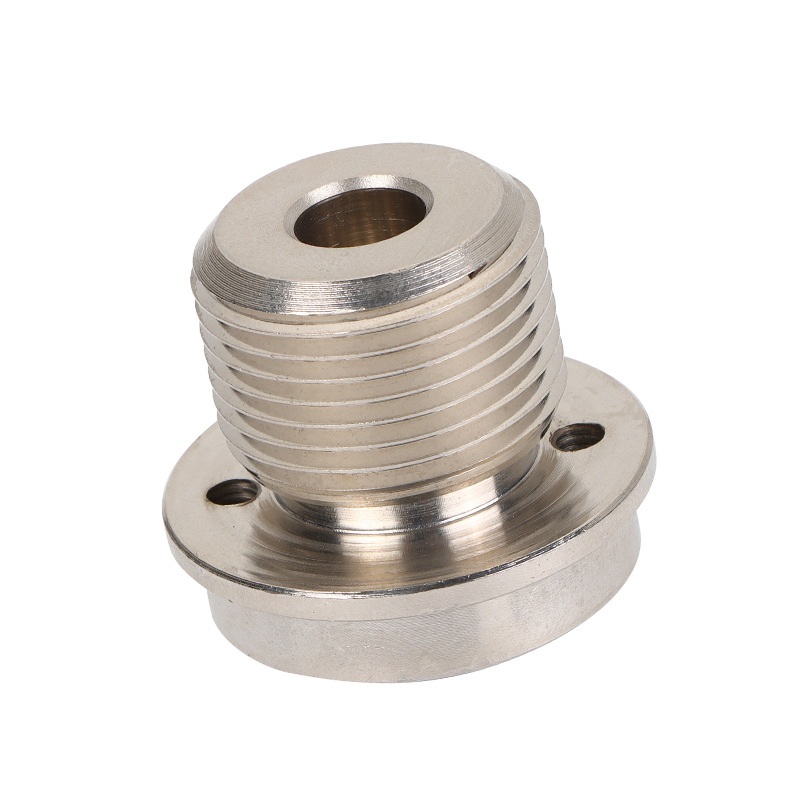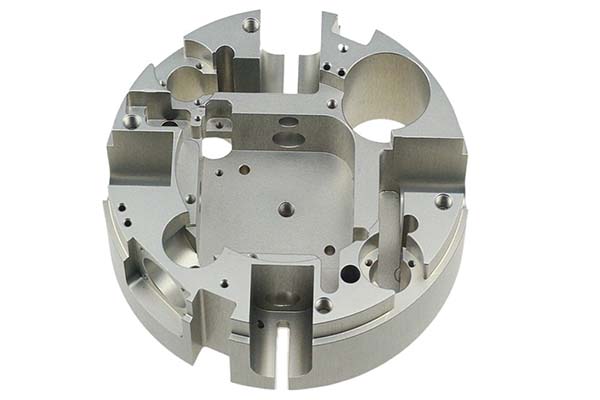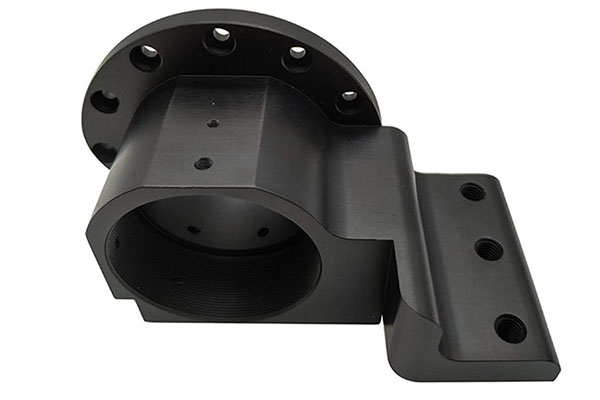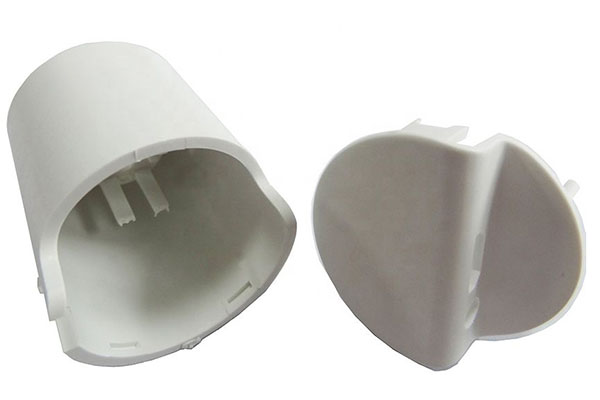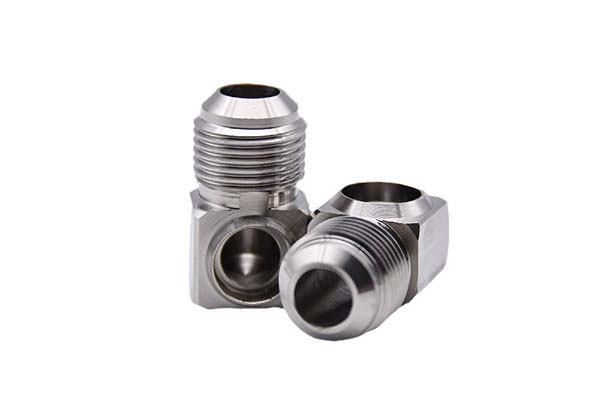1. Understanding the Crucial Role of Machining Parts Suppliers
In the intricate web of modern manufacturing, machining parts suppliers stand as the linchpin, holding together the diverse sectors such as automotive, aerospace, electronics, and medical. Their role is not merely about supplying components; it is about enabling the creation of high - performance, reliable end - products.
1.1 Precision: The Bedrock of Success
Precision in machining parts is non - negotiable. In the automotive industry, for example, a single misaligned or inaccurately sized engine component can lead to reduced fuel efficiency, increased emissions, and potential engine failures. A study by the Society of Automotive Engineers found that engines with components machined to a higher precision level showed a 15% improvement in fuel efficiency compared to those with components of lower precision.
In aerospace, where safety is of utmost importance, precision is even more critical. A minor deviation in the dimensions of an aircraft's turbine blade can cause imbalances during high - speed rotation, leading to catastrophic consequences. Components in aircraft engines are often machined to tolerances of within a few micrometers, a level of precision that demands the most advanced manufacturing techniques and equipment.
1.2 Impact on Product Quality
The quality of the final product is directly influenced by the quality of the machining parts. High - quality parts result in products that are more durable, perform better, and require fewer repairs. Take the medical device industry as an example. Implantable devices like hip replacements need to be machined with extreme precision to ensure a perfect fit in the human body, minimize the risk of rejection, and provide long - term functionality. A research paper published in the Journal of Biomedical Engineering reported that 90% of successful hip replacement surgeries were attributed to the high - precision machining of the implant components.
In the electronics industry, precision - machined parts are essential for the miniaturization and improved performance of devices. The tiny components in smartphones, such as micro - connectors and circuit board components, need to be manufactured with sub - millimeter precision to ensure proper electrical connectivity and functionality. Any deviation can lead to issues like signal loss, overheating, or complete device failure.
2. Key Factors to Evaluate Machining Parts Suppliers
2.1 Precision and Quality Control
A reliable machining parts supplier employs several strategies to ensure precision and quality control. State - of - the - art equipment is the foundation. High - precision CNC (Computer Numerical Control) machines can achieve tolerances as low as ±0.001mm, ensuring that each part is manufactured to the exact specifications. For instance, in the production of aerospace components, suppliers use multi - axis CNC milling machines that can perform complex operations with extreme accuracy.
2.2 Production Capacity and Lead Times
The production capacity and lead times of machining parts suppliers can vary significantly depending on their size and resources. Consider the following table:
| Supplier Size | Production Capacity (Monthly) | Average Lead Time |
| Small - scale | 100 - 500 parts | 15 - 30 days |
| Medium - scale | 500 - 2000 parts | 10 - 20 days |
| Large - scale | Over 2000 parts | 5 - 15 days |
For small - scale suppliers, while they may offer more personalized service, their limited production capacity can be a bottleneck for large - volume orders. If a company needs to quickly ramp up production for a new product launch, a small - scale supplier may not be able to meet the demand in a timely manner. On the other hand, large - scale suppliers with high production capacities and shorter lead times are better suited for high - volume, time - sensitive projects. However, they may lack the flexibility to handle small, customized orders as efficiently as small - scale suppliers.
2.3 Cost - effectiveness
The relationship between cost and quality in machining parts is complex. While it may be tempting to choose the lowest - cost supplier, this can often lead to compromised quality. Low - cost suppliers may cut corners on materials, use outdated equipment, or skimp on quality control, resulting in parts that are more likely to fail or require frequent replacement.
To achieve cost - effectiveness without sacrificing quality, consider the following suggestions:
- Volume Discounts: Negotiate volume - based pricing with suppliers. Ordering larger quantities can often lead to significant cost savings per unit. For example, if a company orders 1000 parts at once instead of 100 parts in ten separate orders, they may be able to secure a 10 - 15% discount.
- Long - term Contracts: Sign long - term contracts with reliable suppliers. This provides stability for both parties and can lead to more favorable pricing terms. Suppliers are often willing to offer better prices in exchange for guaranteed business over an extended period.
- Value Engineering: Work with the supplier to optimize the design of the parts. By making small design changes that do not affect functionality, it may be possible to reduce manufacturing costs. For instance, simplifying the shape of a part can reduce machining time and material waste.
2.4 Technical Expertise and Innovation
Suppliers that invest heavily in research and development are more likely to come up with innovative solutions to complex machining problems. For example, a supplier that develops a new cooling system for high - speed machining can improve the efficiency and quality of the process, resulting in better - quality parts and reduced production times.
The number of patents a supplier holds can also be an indicator of their innovation. Patents protect new technologies and processes, demonstrating that the supplier has developed unique and valuable methods. A supplier with a high number of patents in areas such as precision machining, surface treatment, or material optimization is likely to have a strong R&D team and a commitment to innovation.
The adoption of new machining process is another sign of technical expertise. For instance, the use of additive manufacturing (3D printing) in machining parts production can enable the creation of complex geometries that are difficult or impossible to achieve with traditional machining methods. This not only expands the design possibilities but can also lead to weight reduction and improved performance in the final products.
3. Real - world Examples and Case Studies
Real - world examples and case studies vividly illustrate the profound impact of choosing the ideal machining parts supplier.
3.1 Cost Reduction
A mid - sized automotive parts manufacturer was struggling with high production costs due to subpar machining parts. After switching to a new supplier renowned for its cost - effective solutions, the company achieved remarkable results. By optimizing the design of the parts in collaboration with the new supplier, they reduced material waste by 20%. The new supplier also offered volume - based discounts, resulting in a 15% reduction in the per - unit cost of the machining parts. Overall, the automotive parts manufacturer saved over $500,000 annually, significantly improving its profit margins.
3.2 Quality Improvement
A medical device company was facing a high rate of product recalls due to the low quality of machining parts in its implantable devices. They decided to partner with a top - tier machining parts supplier with a strong reputation for quality. This new supplier implemented strict quality control measures, including using high - precision CNC machines and conducting thorough inspections at every production stage. As a result, the defect rate of the machining parts dropped from 8% to less than 2%. The improved quality not only reduced the number of product recalls but also enhanced the company's brand image, leading to a 30% increase in market share within two years.
3.3 Production Efficiency Enhancement
An electronics company that produced smartphones was constantly facing production delays due to the long lead times of its machining parts supplier. When they switched to a more efficient supplier, the situation changed dramatically. The new supplier had a large - scale production facility with high - capacity equipment and a streamlined production process. This enabled them to reduce the lead time from 20 days to just 7 days. With the shorter lead times, the electronics company was able to increase its production output by 40% and meet the high - demand seasons more effectively, resulting in a 25% increase in annual revenue.
4. Yigu Technology's Perspective
Yigu Technology, a leading non - standard plastic metal products custom supplier, firmly believes that precision is the cornerstone of success. With state - of - the - art equipment and a team of highly skilled engineers, we are committed to delivering parts with the utmost precision, often achieving tolerances within ±0.005mm.
We understand that each customer has unique requirements. That's why we offer a comprehensive range of customization services, from the initial design concept to the final product delivery. Our R&D team works closely with customers to develop innovative solutions that meet their specific needs, whether it's a complex aerospace component or a small - scale medical device part. We take pride in our ability to handle both small - batch and large - volume orders with equal efficiency, ensuring that our customers receive high - quality products on time, every time.
5. FAQ
5.1 How can I ensure the precision of the machining parts I order?
To ensure the precision of the machining parts you order, start by checking the supplier's equipment. High - tech CNC machines are often a sign of high - precision capabilities. Look for suppliers with multi - axis CNC milling machines, which can handle complex operations with great accuracy. Additionally, verify the supplier's quality certifications, such as ISO 9001. A certified supplier follows strict quality control processes. You can also ask for case studies or samples of their previous work. By examining real - world examples, you can get a better understanding of their precision levels.
5.2 What should I do if there are quality issues with the machining parts?
If there are quality issues with the machining parts, first, contact the supplier immediately. Most reliable suppliers have a dedicated customer service team to handle such issues. Review the supplier's after - sales policy. Some suppliers offer warranties, returns, or replacements for defective parts. Clearly communicate the problem to the supplier, providing details such as the nature of the defect, the quantity of affected parts, and any relevant photos or test results. Work with the supplier to find a solution, which may include re - machining the parts, providing replacements, or offering a refund.
5.3 How can I reduce the cost of machining parts without sacrificing quality?
There are several ways to reduce the cost of machining parts without sacrificing quality. Consider ordering in larger quantities to take advantage of volume discounts. Negotiate long - term contracts with the supplier, which can often lead to more favorable pricing. Optimize the design of the parts. A simpler design can reduce machining time and material waste. For example, avoiding complex geometries and using standard sizes whenever possible can lower costs. Also, compare quotes from multiple suppliers to ensure you are getting the best value for your money.
